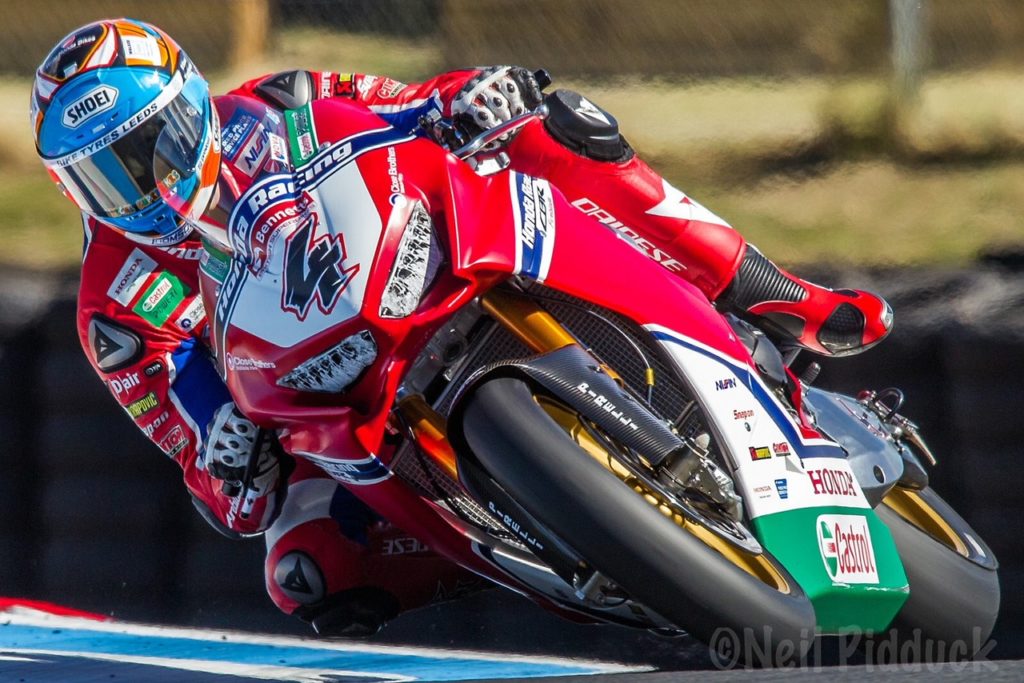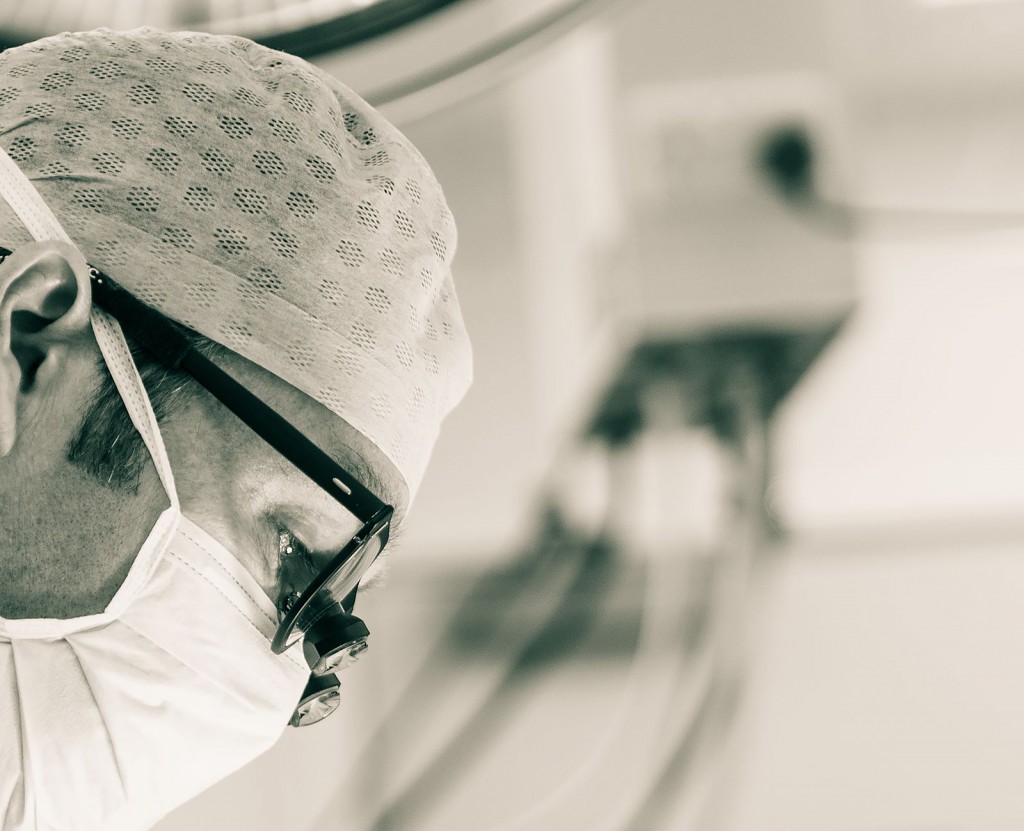With winter here and the icy weather setting in trips, slips and falls are all too common. Instinctively we put out our arms to break the fall meaning that your wrist will all to often bare the full brunt of the impact. Broken wrists are very common and account for up to a quarter of all fractures seen in adults.
If you are unfortunate enough to have injured your wrist then it is likely that you will have been to the Emergency Department and had your arm put into a plaster cast. The initial plaster is a back slab or half plaster, secured with a bandage to allow any swelling to settle whilst holding the break still for pain relief and to allow healing.
The most important thing to do at this point is keep your hand elevated, higher than the level of your heart, and gently work your fingers into a fist. This will help to settle the swelling and prevent against stiffness.
If your wrist is badly broken then it may require an operation to restore the normal alignment. The aim of surgery is to stabilize the broken fragments into their original anatomical position to give the best possible outcomes. This is especially important if the break involves the smooth joint surfaces that need to be accurately restored. After surgery elevation and finger movement is the critical thing for the first week. At that point the plaster cast is usually removed and a lightweight splint used in combination with early movement of your wrist.
It takes about 6 weeks for most broken bones to heal. If you have had surgery then the implant supports the healing bone on the inside in the same way as a cast does on the outside. This allows early movement but you still need to be careful until the bone has fully healed.
If you would like to find out more or have been unlucky enough to have had an injury and wish to discuss options for treatment if you then please call to book an appointment. 01423 226580







